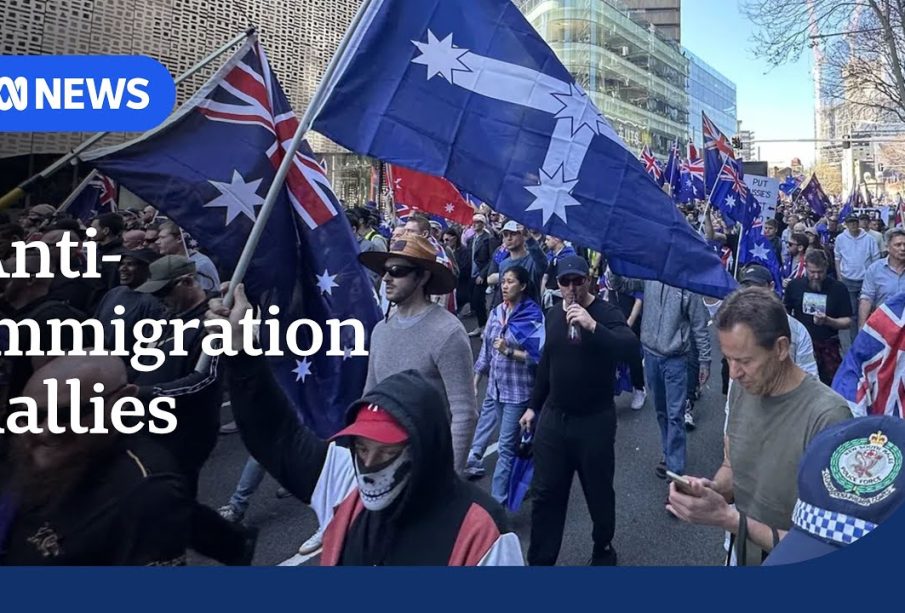Understanding the Australia Anti Immigration Protest

Introduction
The recent rise in anti-immigration protests across Australia has sparked significant media attention and public debate. These protests, driven by various factors, highlight growing concerns among some citizens regarding immigration policies and their perceived impact on the Australian way of life. Understanding these protests is crucial as they reflect broader societal dynamics and migrant experiences within the nation.
Background of the Protests
Anti-immigration sentiment has been present in Australia for years, but recent events have invigorated this movement. In late 2023, major cities like Melbourne and Sydney saw thousands take to the streets, fueled by concerns over increased migration quotas and fears about the economic and social strains on local communities. Organized by a coalition of right-wing groups and supported by some local political figures, these protests have drawn both support and criticism.
Key Events and Reactions
On October 14, 2023, protestors in Melbourne clashed with counter-protesters advocating for immigrant rights. This culminated in a tense standoff where police were deployed to manage the situation. Protestors voiced grievances over the government’s recent policy announcements, which they claim do not adequately address infrastructure and housing shortages exacerbated by high immigration rates.
The government has responded to these protests with calls for rational discussion and indicated that immigration is crucial for economic growth and filling labor gaps in various sectors. Prime Minister Anthony Albanese emphasized the need to strike a balance between compassion for those seeking a new life in Australia and addressing the legitimate concerns of citizens.
Statistics and Public Opinion
According to recent surveys conducted by the Australian Bureau of Statistics, nearly 60% of Australians believe that immigration should be controlled more strictly, compared to 30% who argue for a more open immigration policy. This divide presents challenges for policymakers, who must navigate the complex landscape of public opinion amid increasing global migration trends.
Conclusion
The anti-immigration protests in Australia signify ongoing tensions regarding national identity and immigration policy. As debates continue, it is imperative for the government and society to engage in constructive dialogue, ensuring that the diverse voices of both citizens and migrants are heard. Moving forward, the significance of these protests lies not only in their immediate impact but also in shaping Australia’s immigration policies and societal attitudes towards newcomers. The situation remains dynamic and will require careful monitoring as the nation approaches the next federal elections in 2024.









